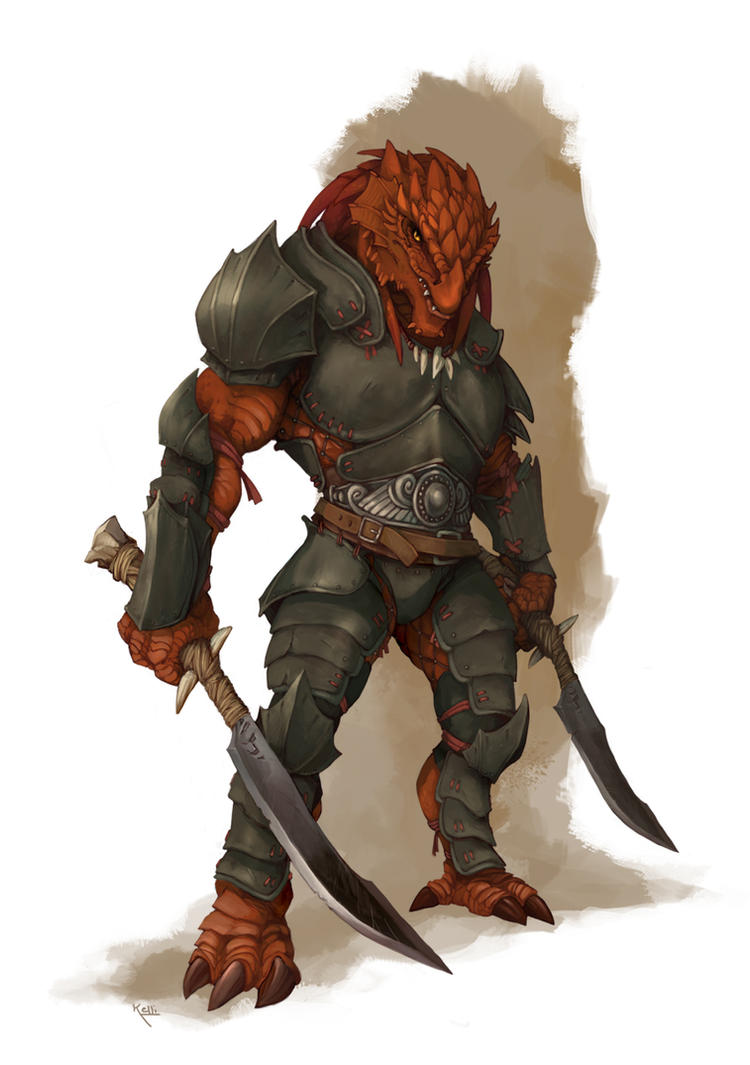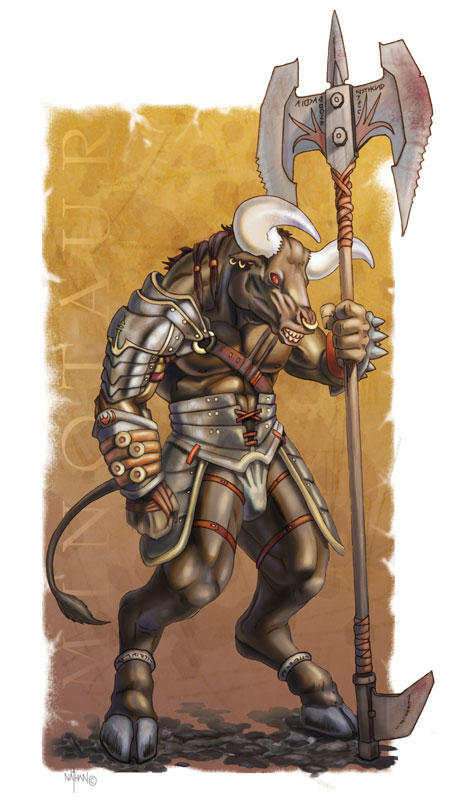_______________________________________________________________________________________________________
HUMAN

Main trait: Adaptable
Life span: 70-100 years
Average Height: 5'2"-6'2"
Average Weight: 100-200 lbs
Humans in Chrome are widespread, can be found in most regions and, in general, are fierce and disagreeable, which can sometimes lead certain other races to view them with contempt. They are renowned for their diversity and ambition, and although they lack specialization, they can excel in many areas. Regardless of their precise origins, humans have been undeniably successful. While hardly the only dominant race of Chrome, humans are one of them and the most recent to obtain dominance. In spite of this strength, or perhaps because of it, humanity is an eternally fractured and divided race, broken up into over a dozen ethnic offshoots. It is believed that this is in part because humanity, unlike most other races, did not emerge as a whole but rather in several places at once, thereby resulting in its diversity.
The average human isn't as hardy as the average dwarf or as nimble as the average halfling. The average elf has a greater knack for arcane magic, and the average orc is certainly stronger. But human adaptability and energy makes the concept of an "average" human pretty nebulous. Individually, humans are vastly different from one another. Two humans chosen at random have less in common with each other than two elves -- and if the two humans come from different cultures, they might have less in common with each other than an elf and a dwarf do.
The Human mind is a strange amalgam of nostalgia and futurism, being enamored of past glories and wistfully remembered “golden ages,” yet at the same time quick to discard tradition and history and strike off into new ventures. Relics of the past are kept as prized antiques and museum pieces, as humans love to collect things—not only inanimate relics but also living creatures—to display for their amusement or to serve by their side. Other races suggest this behavior is due to a deep-rooted urge to dominate and assert power in the human psyche, an urge to take, till, or tame the wild things and places of the world. Those with a more charitable view believe humans are simply collectors of experiences, and the things they take and keep, whether living, dead, or never alive, are just tokens to remind themselves of the places they have gone, the things they have seen, and the deeds they have accomplished.
Humans are fecund, and their drive and numbers often spur them into contact with other races during bouts of territorial expansion and colonization. In many cases, this tendency leads to violence and war, yet humans are also swift to forgive and forge alliances with races who do not try to match or exceed them in violence. Proud, sometimes to the point of arrogance, humans might look upon dwarves as miserly drunkards, elves as flighty fops, halflings as craven thieves, gnomes as twisted maniacs, and hybrids as embarrassments and so on—but the race's diversity among its own members also makes many humans quite adept at accepting others for what they are.
Human society throughout Chrome's history seems to be in a state of constant flux as empires fragment and new kingdoms subsume the old. In general, humans are known for their flexibility, ingenuity, and ambition. Other races sometimes envy humans their seemingly limitless adaptability, not so much biologically speaking but in their willingness to step beyond the known and press on to whatever might await them. While many or even most humans as individuals are content to stay within their comfortable routine, there is a dauntless spirit of discovery endemic to humans as a species that drives them in striving toward possibilities beyond every horizon.
At the current day there is only one major human civilization. The Republic of Ebony which is the 1st democratic nation in a thousand years and its only about three hundred years old (youngest country in Chrome). Although Humans are scattered in settlements all across the world.
RELIGION
Humans are both more religious and less religious than members of the other races. They are less religious in that many humans do not care about religion, and no deity can claim the worship of more than a fraction of humanity. Yet they are more religious in that their variety comfortably supports dozens of faiths, each with adherents more numerous than those of many nonhuman deities.
Less Religious: Humans' drive and energy sometimes get in the way of religious matters. Some humans are too practical or too busy with mundane concerns to spend time praying to a being they cannot see, have never met, and receive nothing from. Humans generally demand tangible assistance from a deity's church before they offer their fealty in return. Humans naturally juggle multiple allegiances (to family, to country, to community, and so forth), and some just don't have room in their lives for a religious relationship.
Another barrier that keeps humans from embracing religion is that humans don't have a cohesive mythology and a set pantheon. The dwarves know that Moradin fathered them, and the gnomes know they're the creation of Garl Glittergold. Humans are not so certain of their origins, and no major deity demands their exclusive allegiance. Some humans claim that Pelor is the greatest of the gods, but others worship Heironeous or Kord with equal fervor. Because humanity has so many gods, no one deity can win the allegiance of the entire race.
More Religious: Many humans are adaptable enough to work all sorts of religious practices into their daily lives. Once a bond between deity and human worshiper is established, it quickly grows strong. "The goddess Ulariis says I have to get up before dawn to pray to her," thinks the human. "But Ulariis makes sure the fields around the city grow lots of wheat, so it's definitely worth it." In exchange for a benefit, whether tangible or intangible, a human is willing to change her routine and follow the dictates of a particular religion.
Some humans do worship a deity in a profound and deep way. In fact, those humans with faith are so staunch in their convictions that their single mindedness frightens even dwarves. After all, most dwarves know the god Dumath is their ultimate father, and that he watches over them -- it's an obvious fact that no one in dwarven culture would deny. But a deeply religious human has chosen a deity from among dozens of equally powerful gods, and she maintains that religious allegiance despite being surrounded with humans who don't agree with that choice.
_______________________________________________________________________________________________________








